
10 of the safest countries in the world to visit
As a woman who often travels solo, the safety of the countries I go to is always a priority. Feeling secure about the destination allows me to fully immerse myself in the culture. If you’re
Let’s explore Iceland
The first time I visited Iceland, I fell in love with the extraordinary landscapes, incredible cuisine and friendly people. It really is like nowhere else on earth.
I have no doubt that anyone who visits this unique country will leave with the same sense of awe that I did. Believe me, this is a place where you’re going to want to bring your camera!
About the author
Jessie Moore is a luxury travel expert with years of experience travelling the world to find the best destinations, hotels and adventures.
With stunning landscapes and natural wonders, the ‘Land of Fire and Ice’ truly is a must-see for any traveller. Iceland boasts natural, unspoilt beauty that draws in visitors all year round. From The Blue Lagoon and black sand beaches to the prospect of seeing the Northern Lights, Iceland won’t fail to amaze even the most seasoned of travellers.
With history, culture, and mythology to spare, Iceland promises something for every visitor. See the impressive geological landscape whilst learning about the legends and Gods of Norse Mythology – from Freyja and Freyr to Odin and Thor.
If finding out about Iceland from the Íslendingasögur ‘Sagas of Icelanders’ isn’t quite what you had in mind, bypass the Old Icelandic prose and experience it for yourself!
Want to save up to 25% on hotels?
Subscribe to the Pocket Wanderings newsletter and get immediate access to my guide on how to save money on flights and hotels. Our weekly emails are filled with adventure inspiration, insider travel tips and exclusive discounts.
Most international travellers fly into Iceland’s main airport Keflavík Airport (KEF). Sometimes known as Reykjavík–Keflavík Airport, it is located West of Keflavík and South-West of Reykjavík. Whilst this is the main international airport in Iceland, there are plenty of smaller and domestic airports across the country.
If you’re travelling to Iceland from the UK, you can fly directly from Gatwick, Heathrow, Luton, Bristol, Manchester, Birmingham, Edinburgh and Glasgow.
If you’re making the journey from Denmark, or want to experience travel as the Norse voyagers did, sailing to Iceland is an option. Here, you’ll sail around 36 hours from Denmark to the Faroe Islands – where there’ll be a stop off between three hours and several days – and then a further 19 hours to Iceland.
It’s worth noting that this mode of travel isn’t suitable for the seasick traveller – and definitely one for the more adventurous traveller!
Once you’ve landed in KEF, there are several options available to you to travel to the country’s capital, Reykjavík. I recommend travelling using the Flybus as not only is it inexpensive – starting at 3.499 ISK (around 0.02 GBP) – but if your flight is delayed and you’re booked on, it’ll wait for you.
Some people choose to travel around Iceland’s difficult terrain by air. Flying around Iceland is a quick way to navigate the landscape, but an expensive one. The main domestic airports in Iceland are in Reykjavik (RKV), Akureyri (AEY) and Egilsstaðir (EGS).
Driving around Iceland is a great option, with many people choosing to rent cars or campervans for their travels. For those who don’t want to worry about driving themselves, public transport such as buses are great options too. Or book onto a tour, such as the Contiki Fire & Ice Tour, where the coach travel is taken care of for you.
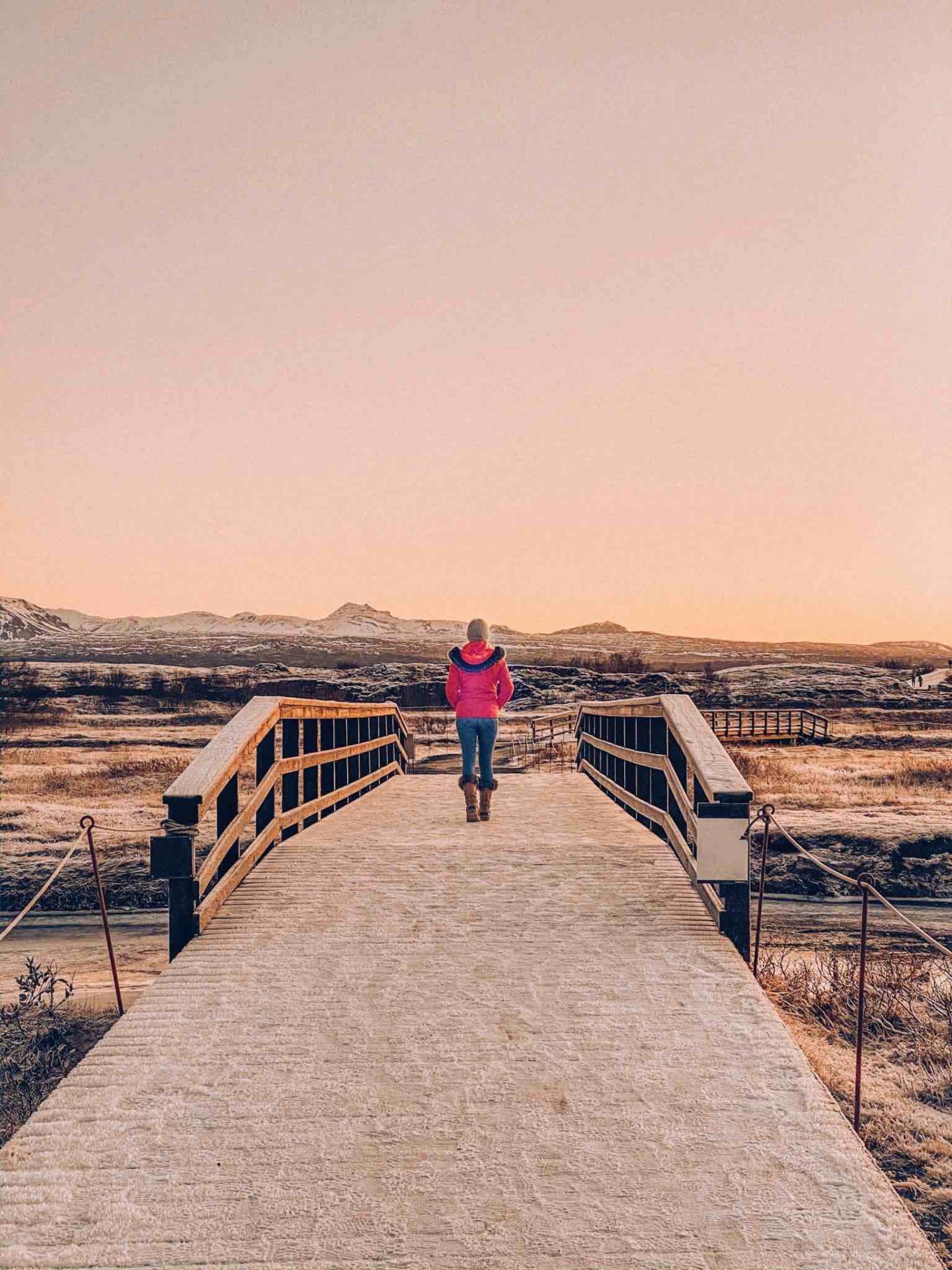
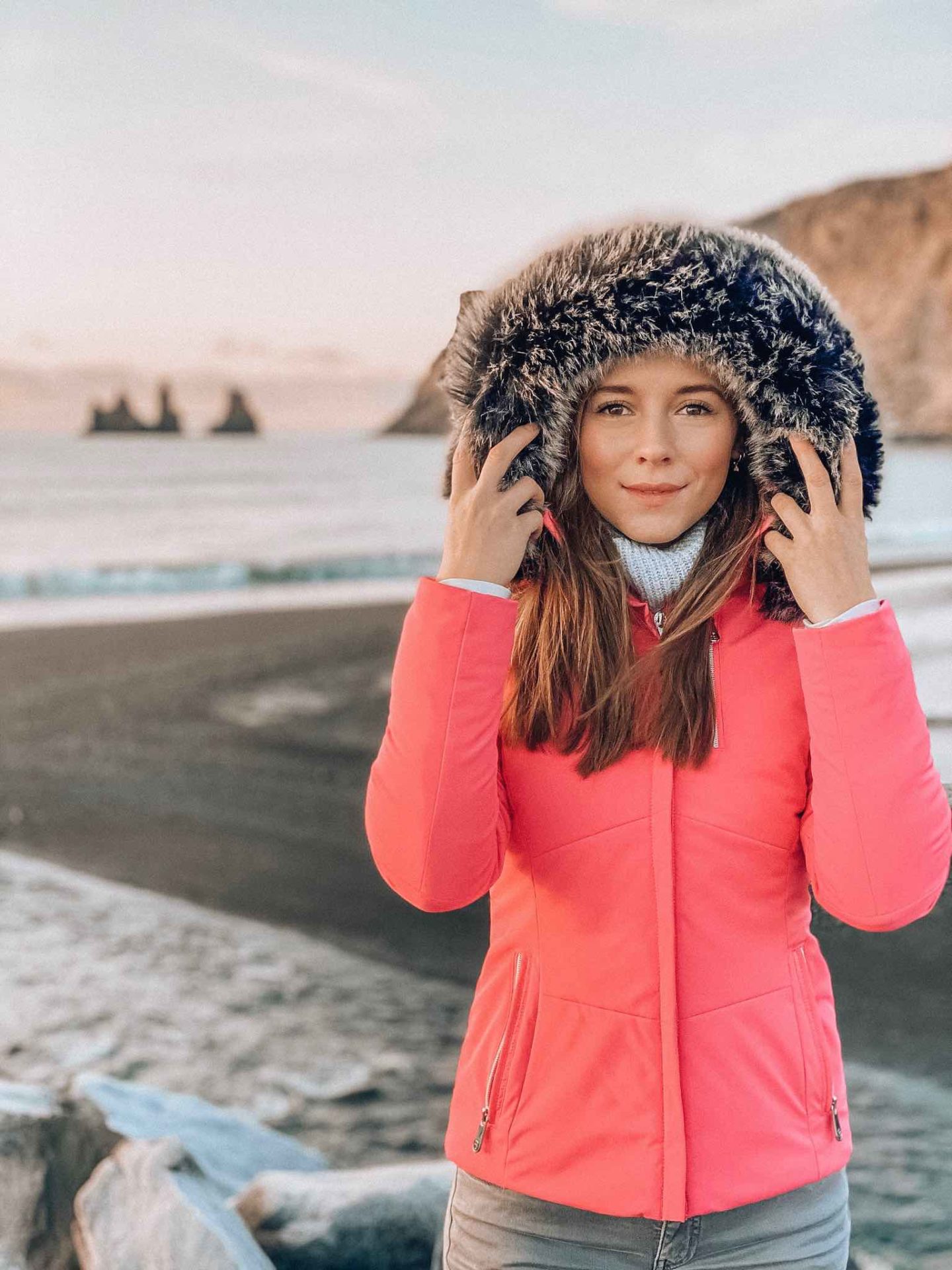
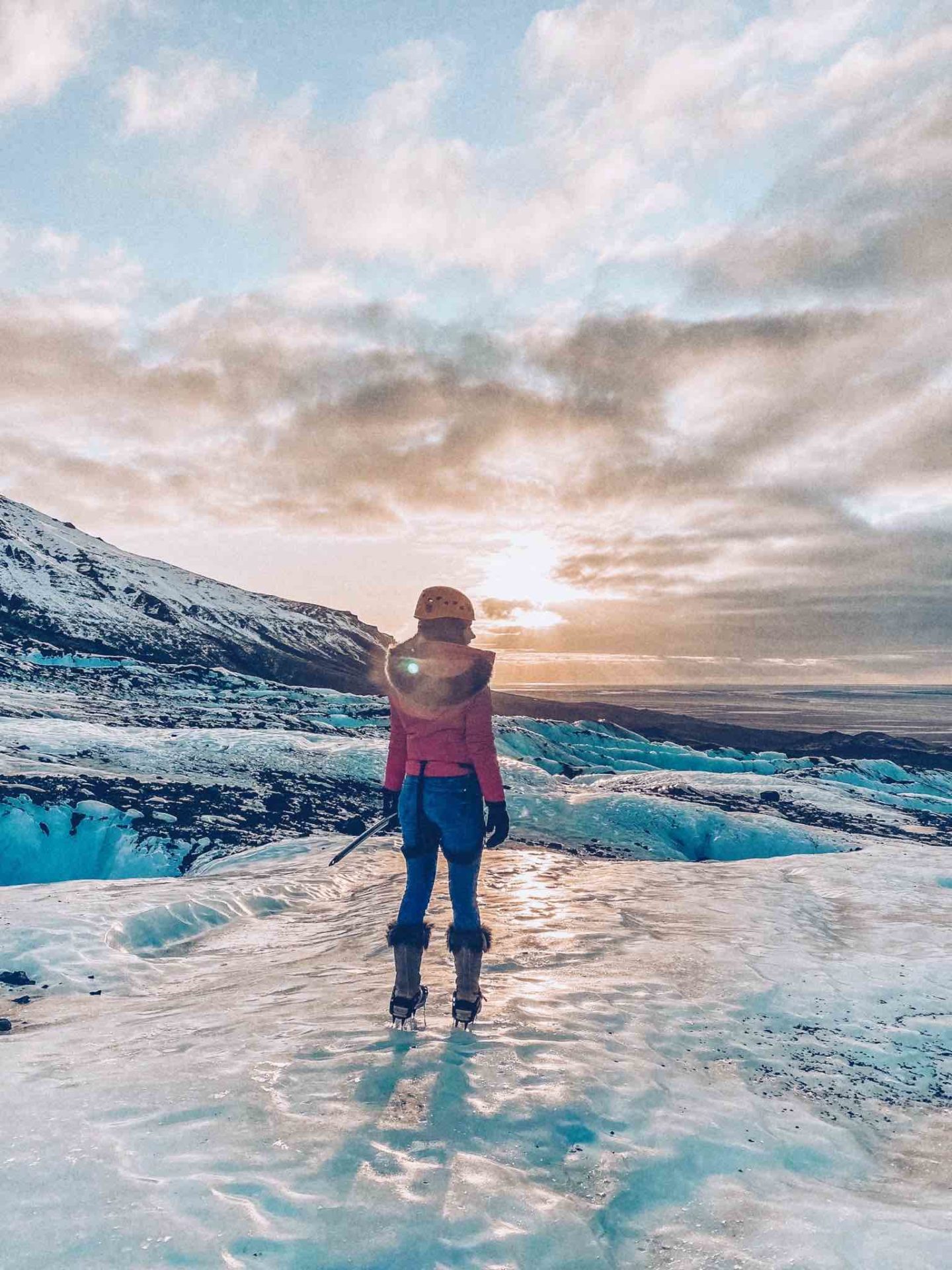
Iceland is a magical destination all year round. But you’ll get a very different experience during each season, due to the extremes in weather and temperature. So if you’re set on seeing certain sights and experiencing certain activities on your trip, it’s probably best to plan your travels around the time of year.
This 300km (186 mile) route across Iceland encompasses some of the top visitor attractions in Iceland, and is a hugely popular way of seeing them all. The route includes the Þingvellir National Park, the Geysir Geothermal Area, and Gullfoss Waterfall. The Golden Circle is featured in many specific immersive packages, or you can choose to travel it on your own.
The Þingvellir National Park is a UNESCO World Heritage Site and one of the most highly anticipated places to visit in Iceland. The Alþingi (Iceland’s first parliament) was founded at Þingvellir in the year 930. This makes it the original site of the world’s longest ongoing parliament. Located in the Mid-Atlantic Rift between the North American and Eurasian tectonic plates, you can walk between the continents whilst surrounded by stunning volcanic and mountain ranges.
The Geysir Geothermal Area in Haukadalur Valley is home to Geysir, an infamous geyser. The Gullfoss Waterfall ‘Golden Waterfall’ is the furthest point on the Golden Circle from Reykjavík and is a 10-minute drive from Geysir.
If you’re looking for striking photo opportunities, visiting the black sand beaches in Iceland is an absolute must. There’s something completely otherworldly about standing on sediment that was once red hot lava from one of Iceland’s many active volcanoes whilst looking out to sea.
The contrast between the black sand and the clear icy waters is simply stunning. Add in some glistening glacial ice and a gorgeous golden sunset, and you’ll have a beach trip like no other. There’s plenty of black sand beaches across Iceland to choose from, and I’d actually recommend trying to visit more than one if you can, as each is stunning in its own right.
From Reynisfjara where parts of Game of Thrones were filmed to the otherworldly chunks of ice that litter Diamond Beach. A walk along one of Iceland’s black sand beaches gives you time to take in the incredible landscapes.
Read more about the best black sand beaches in Iceland.
When many people think of visiting Iceland, the first thing they think of is Iceland’s infamous Blue Lagoon. Located close to the country’s capital, The Blue Lagoon is a firm favourite destination for locals and travellers alike, all throughout the year.
There’s a wealth of natural hot springs across Iceland, but The Blue Lagoon isn’t one of them. The Blue Lagoon is actually a man-made geothermal spa that’s set in a stunning natural lava field.
The water is kept at a comforting 37°C to 40°C naturally by volcanic activity and lava flows, meaning the water is rich in minerals and provides a multitude of health benefits. With many features added for the visitors’ experience such as a hotel, restaurant, and sauna, you’re sure to find something in The Blue Lagoon that takes your fancy.
Discover more in my guide to the Blue Lagoon.
Want to save up to 25% on hotels?
Subscribe to the Pocket Wanderings newsletter and get immediate access to my guide on how to save money on flights and hotels. Our weekly emails are filled with adventure inspiration, insider travel tips and exclusive discounts.
Reykjavik is a great base for exploring Iceland due to its proximity to a number of the most popular tourist attractions, including the Golden Circle. To really get the most out of your trip to Iceland, you will likely want to travel around. It’s best to plan your itinerary and find the best hotels along the way. Browse hotels in Reykjavik to kick off your Icelandic adventure.
Icelandic is the national language of Iceland. It’s a North Germanic language and is only really spoken in Iceland. English is taught as a second language in Iceland, so almost every local speaks English fluently.
The best time to see the Northern Lights in Iceland is October through to March. It doesn’t mean you won’t see them at other times of the year, but these months benefit from long nights. This means more opportunities to see the aurora borealis. I visited Iceland in November and managed to get a wonderful showing of the Northern Lights.
There is one Michelin star restaurant in Iceland. The coveted award belongs to DILL in Reykjavik. As you would expect from an Icelandic restaurant, it is dedicated to fresh ingredients and sustainability.
There are a number of incredible places to see just a short drive away from Reykjavik. Some of the best day trips from the Icelandic capital include Pingvellir National Park, The Blue Lagoon, Geysir, Gullfoss Waterfall, and the South Coast.
Iceland is one of the best destinations in the world for solo travellers, for many reasons. It’s an incredibly safe country, being one of the most peaceful countries in the world.
With its small population, the locals are extremely friendly and will happily welcome you into their community. It’s also a great country for solo female travel due to Iceland’s excellent gender equality record.
There are 32 volcanic systems in Iceland, comprising around 130 volcanic mountains. Many of these are active and volcanic eruptions are common. They are a hallmark of the country’s geographic features. March 2021 saw the eruption of Fagradalsfjall Volcano not far from Keflavik International Airport. It drew hordes of visitors from across the world to see this spectacular scene. It has been largely inactive since September 2021, but it won’t be long until another volcano erupts.
Yes, you can go skiing and snowboarding in Iceland. There are a handful of ski resorts across the country, but Iceland is really a destination for backcountry skiing. It is a truly unique place to ski with unbeatable views and surroundings. It should be on the bucket list of any avid skier.
Iceland is relatively cold all year round. In summer the average temperature is a slightly milder 12 degrees Celsuis, while the average in winter is around 1-2 degrees Celsius. If you’re visiting in winter, be sure to wrap up warm. Throw in a bit of wind chill and it can feel absolutely freezing.
In short, yes – Iceland is expensive. Accordingly to the Cost of Living Index, Iceland ranks as the third most expensive country in the world! However, Iceland has become slightly more affordable for visitors in recent years, especially with some budget airlines now running flights. Ultimately though, a holiday to Iceland will cost a pretty penny – but it really is worth it.
The Icelandic currency is Icelandic króna (ISK). It is the only accepted currency in Iceland. You don’t really need to take cash, as everywhere will accept debit or credit card. 10 GBP is about 1,724 ISK, so it does take a bit of getting used to!
The food in Iceland is uncomplicated and natural, primarily due to climate limitations and its remote location. Staples of Icelandic cuisine include Reykjavik’s pylsur (hot dog), skyr (a creamy dairy product), Icelandic lamb, and fresh seafood.
Iceland’s best luxury hotels offer something a little different to traditional five-star establishments. Flanked by jaw-dropping landscapes and natural wonders, the best hotels in Iceland are constructed to complement the surroundings. Often with modern minimalist design and sustainability credentials at the forefront, Iceland is home to some of the most unique and exceptional hotels in the world. From remote hotels to high-end luxury in the capital city, here is my pick of the best luxury accommodation.
Iceland is a haven for adventure-seekers. With its rugged landscape, extreme climate, and impressive geological features, there are plenty of activities to keep you busy. These are not the standard holiday activities. Iceland offers adventures you will find in very few places across the world. Here are the best adventures to have in this magical land of fire and ice.
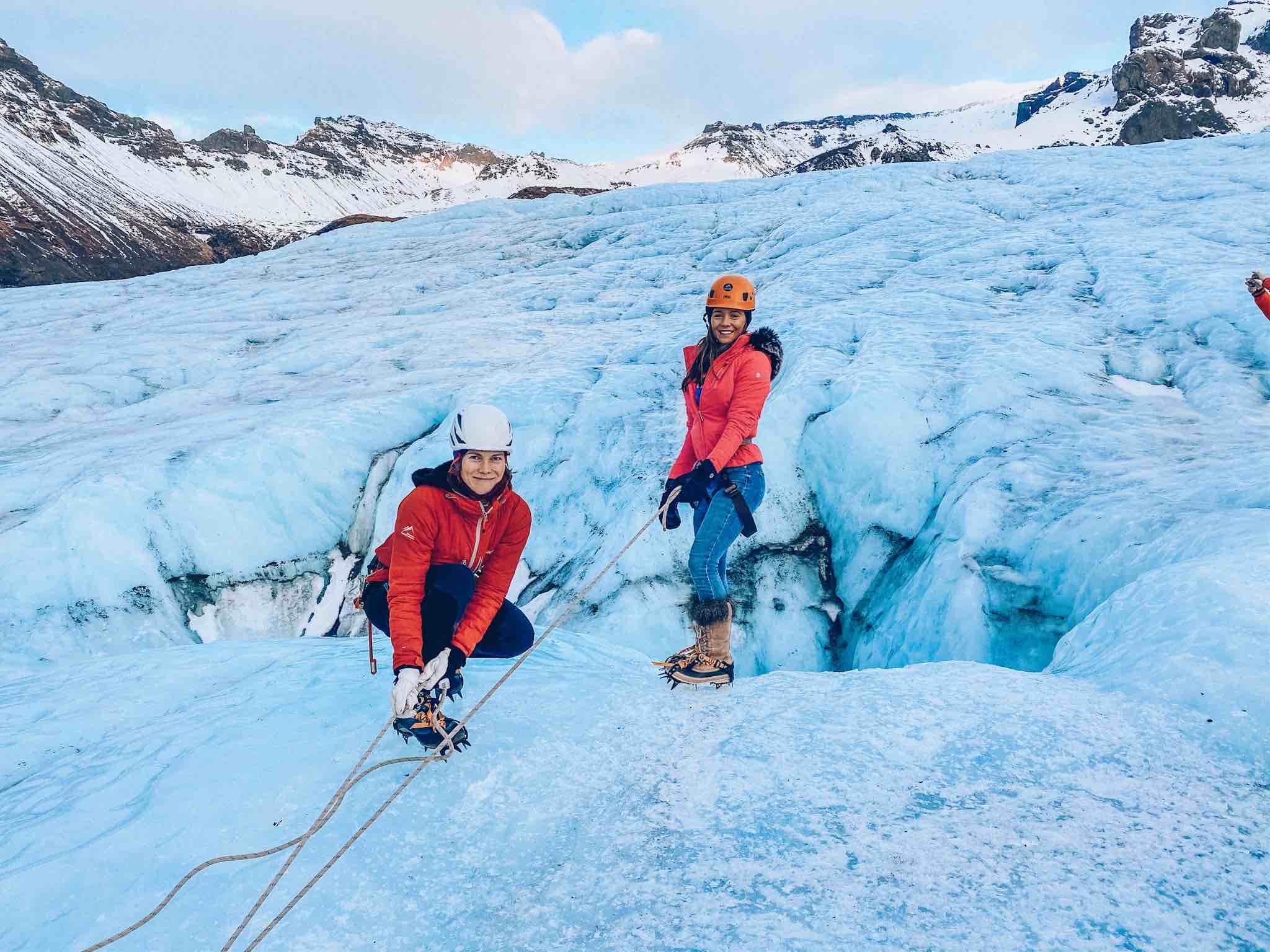
GLACIER CLIMBING
Don your ice crampons and harness, then hike up a stunning glacier for an unforgettable experience on the ice.
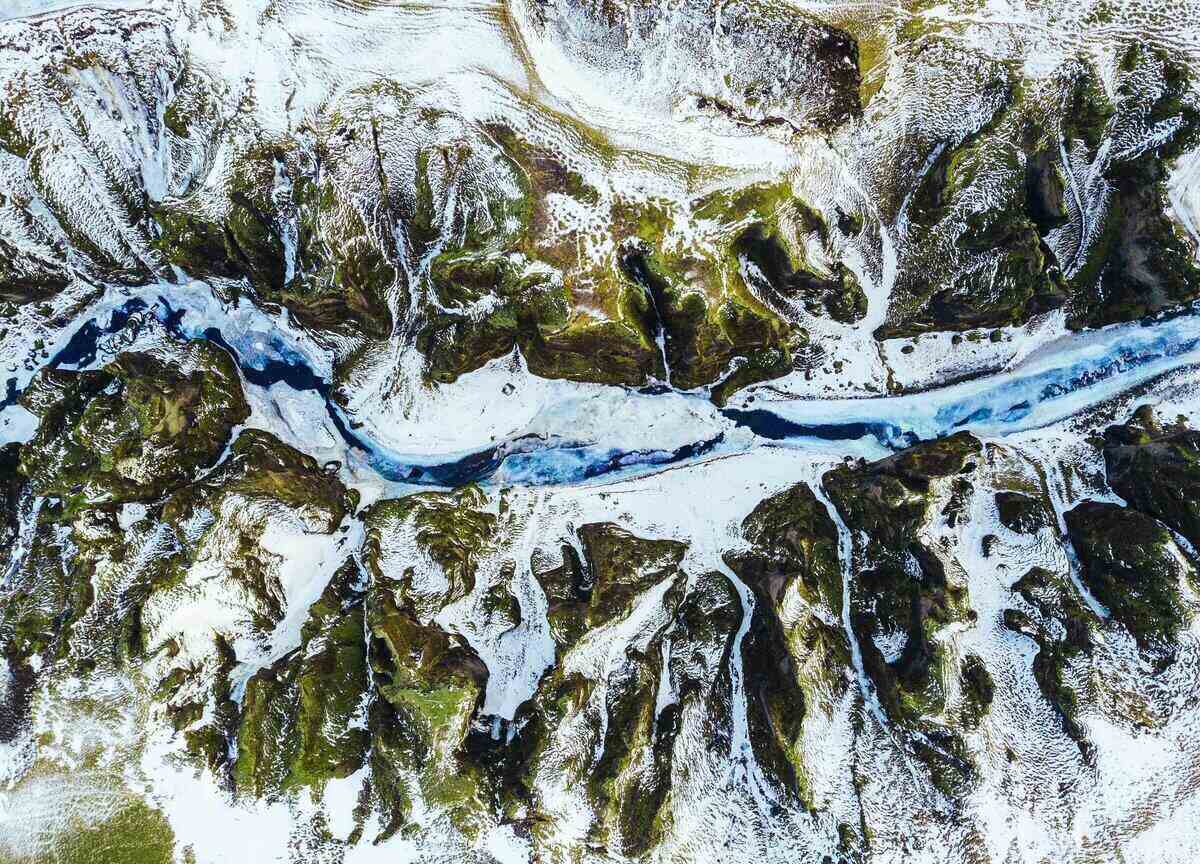
ICE DIVING
Freshwater diving in Iceland is considered to be the best in the world, with exceptional visibility.
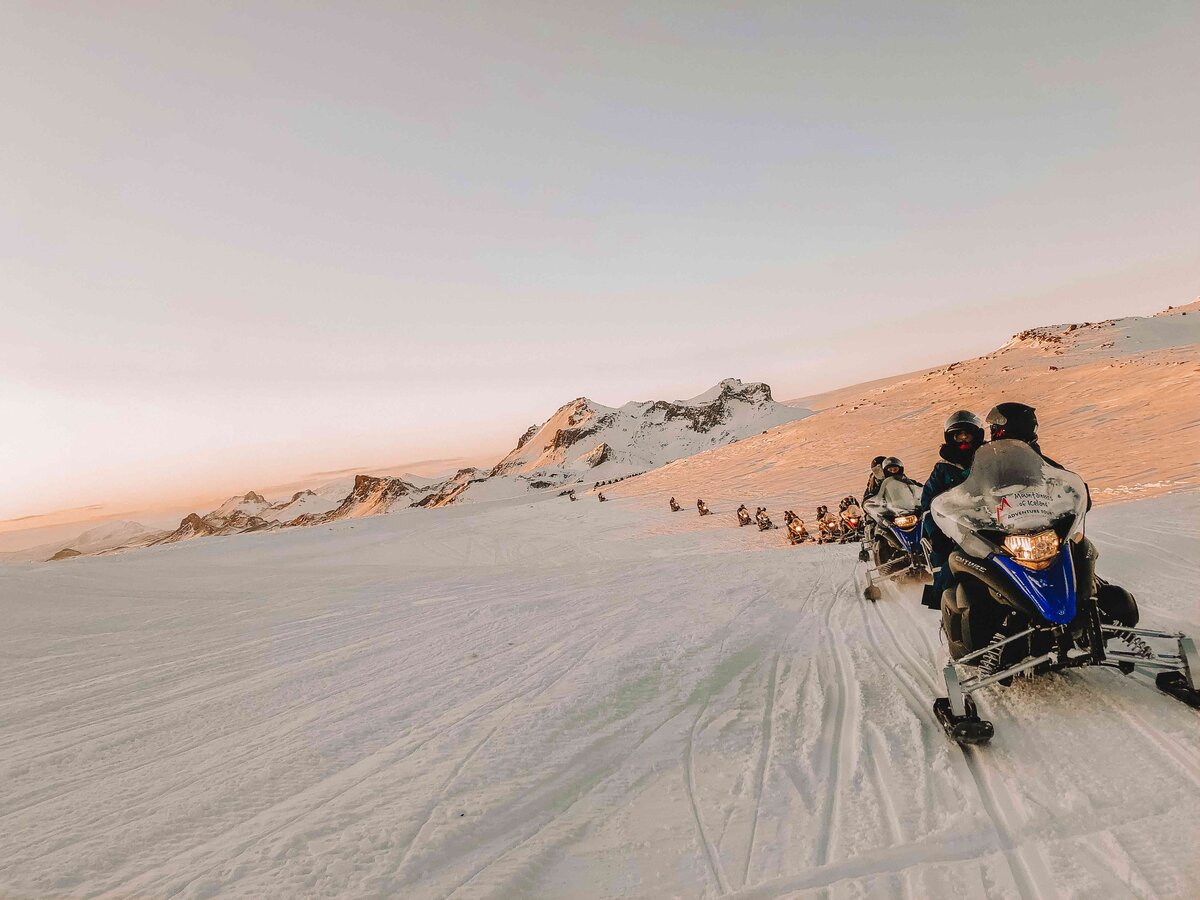
SNOWMOBILING
Race over a glacier in style with a thrilling snowmobiling tour, available all year round in Iceland.
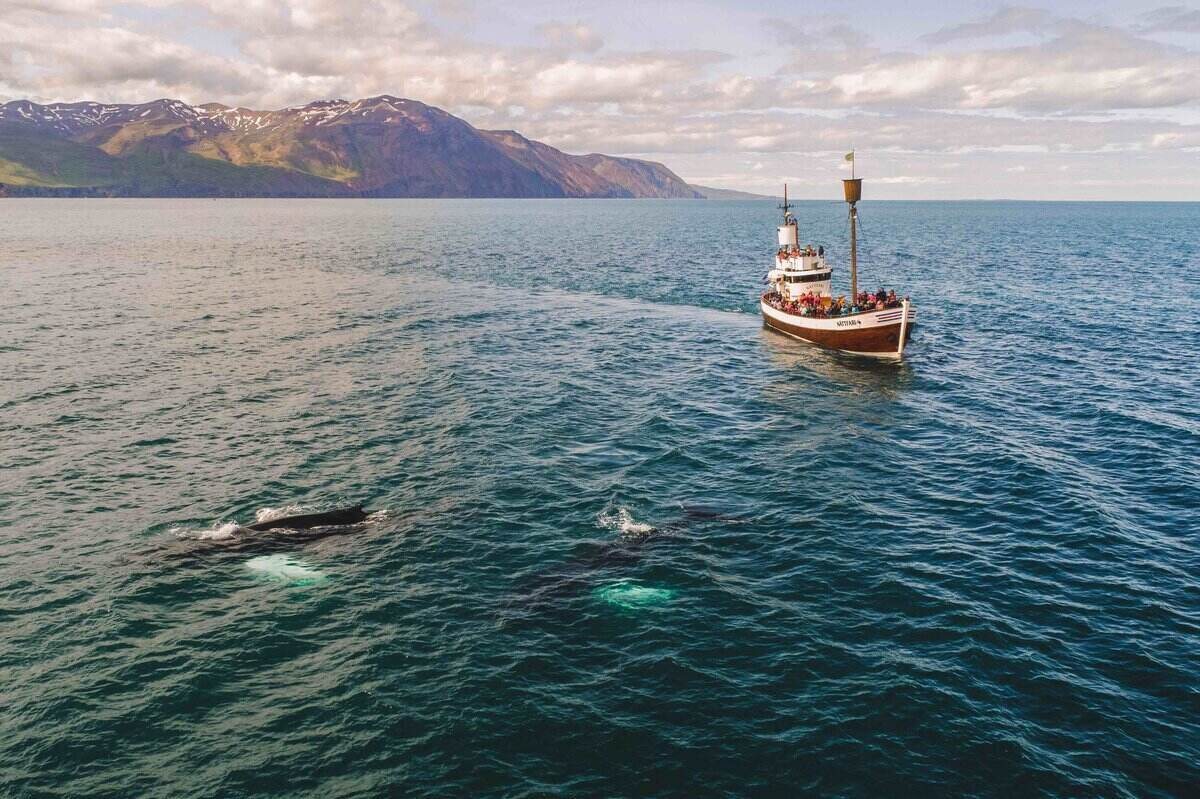
WHALE WATCHING
Embark on a whale watching excursion for a real bucket list activity. Best done in the summer months.
Iceland boasts over 30,000 waterfalls across its dramatic landscape. Some of these are truly spectacular and unmissable on a trip to Iceland. Whether you want to capture the perfect photo opportunity, gimple a rainbow growing out of the water, or go behind the cascading water, here are the best waterfalls in Iceland:
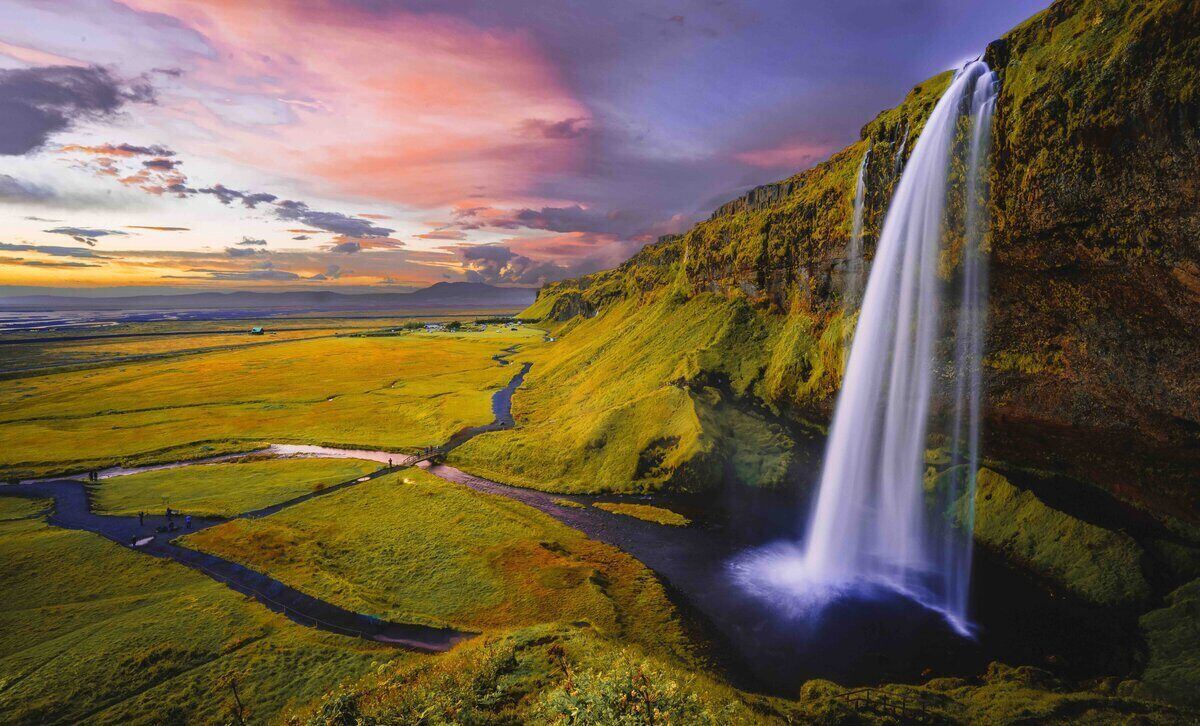
SELJALANDSFOSS
One of the most photographed waterfalls in Iceland. Here you can walk behind the cascading water and look out through the falls.
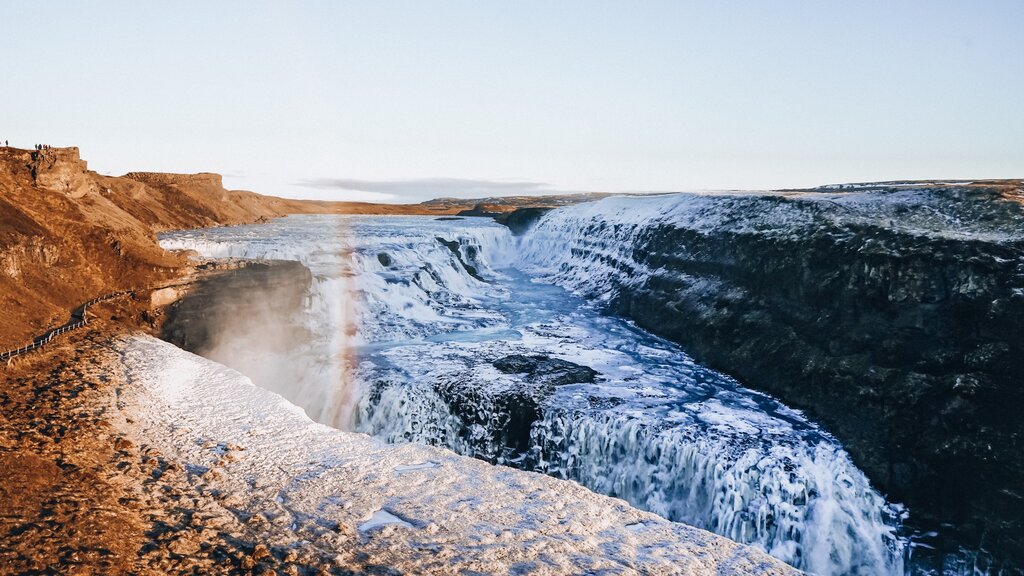
GULLFOSS
Sat within the Golden Circle, this is one of the most visited waterfalls in Iceland. Its sheer scale makes this waterfall an unmissable sight.
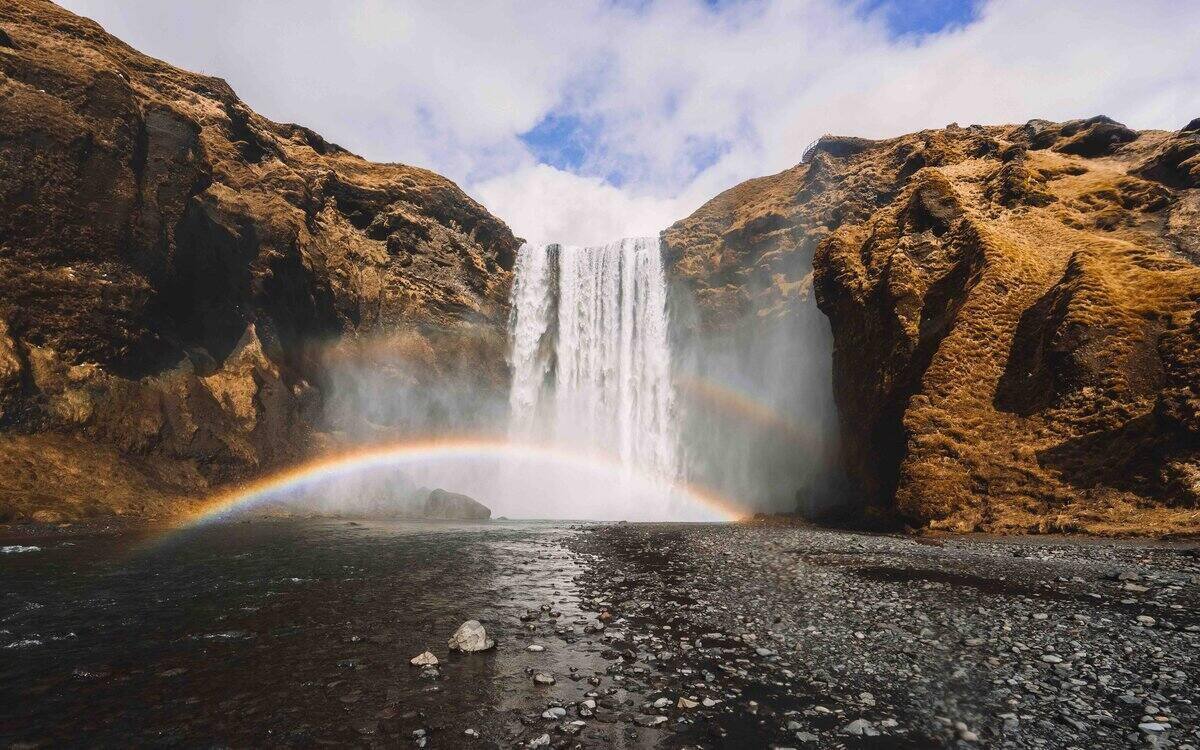
SKOGAFOSS
A dramatic and undeniably beautiful waterfall, standing at 60m (197ft) tall. You’re highly likely to see a rainbow or two here.
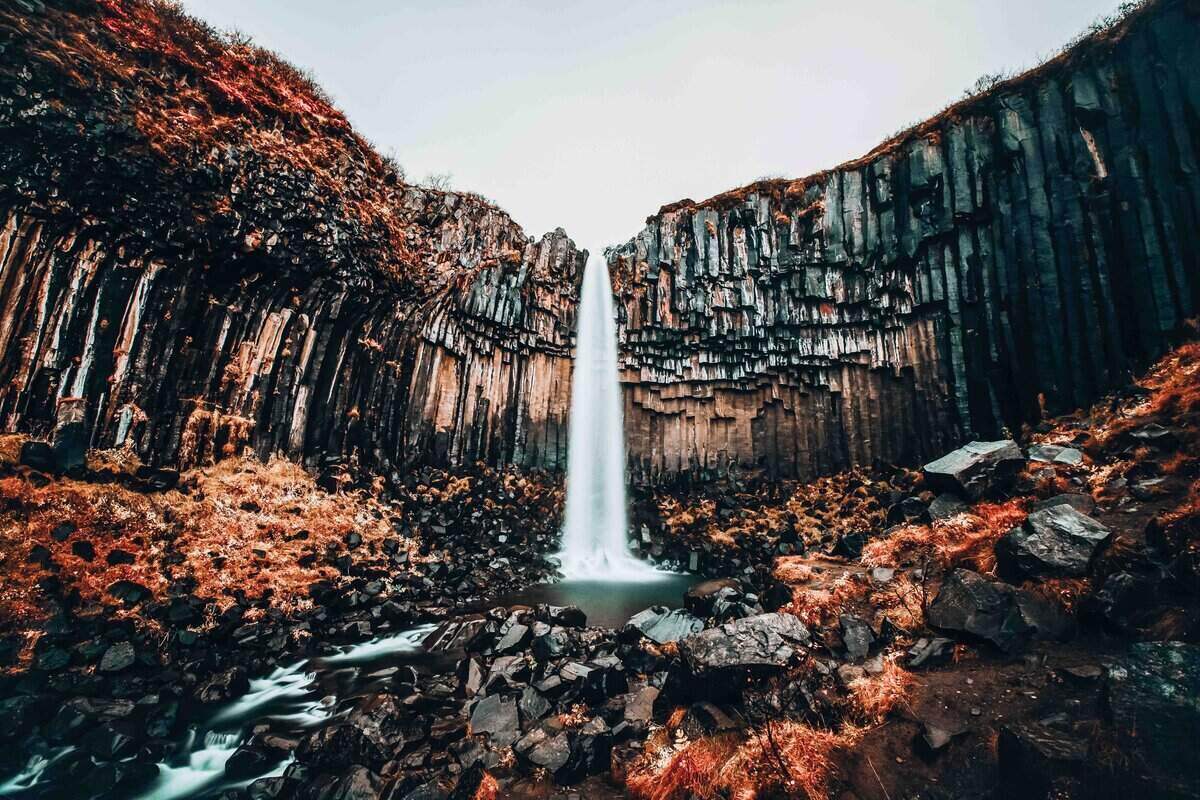
SVARTIFOSS
This waterfall draws in visitors for the stunning contrast between the white water and the black basalt columns. A photographer’s dream!
Planning a trip to Iceland? Have a read of these Iceland travel articles to help you plan your visit.

As a woman who often travels solo, the safety of the countries I go to is always a priority. Feeling secure about the destination allows me to fully immerse myself in the culture. If you’re

Who doesn’t love the turquoise waters and blue skies of the best beaches in the world? Just you, melting your stress away as you feel your toes on the golden sand and skin under the
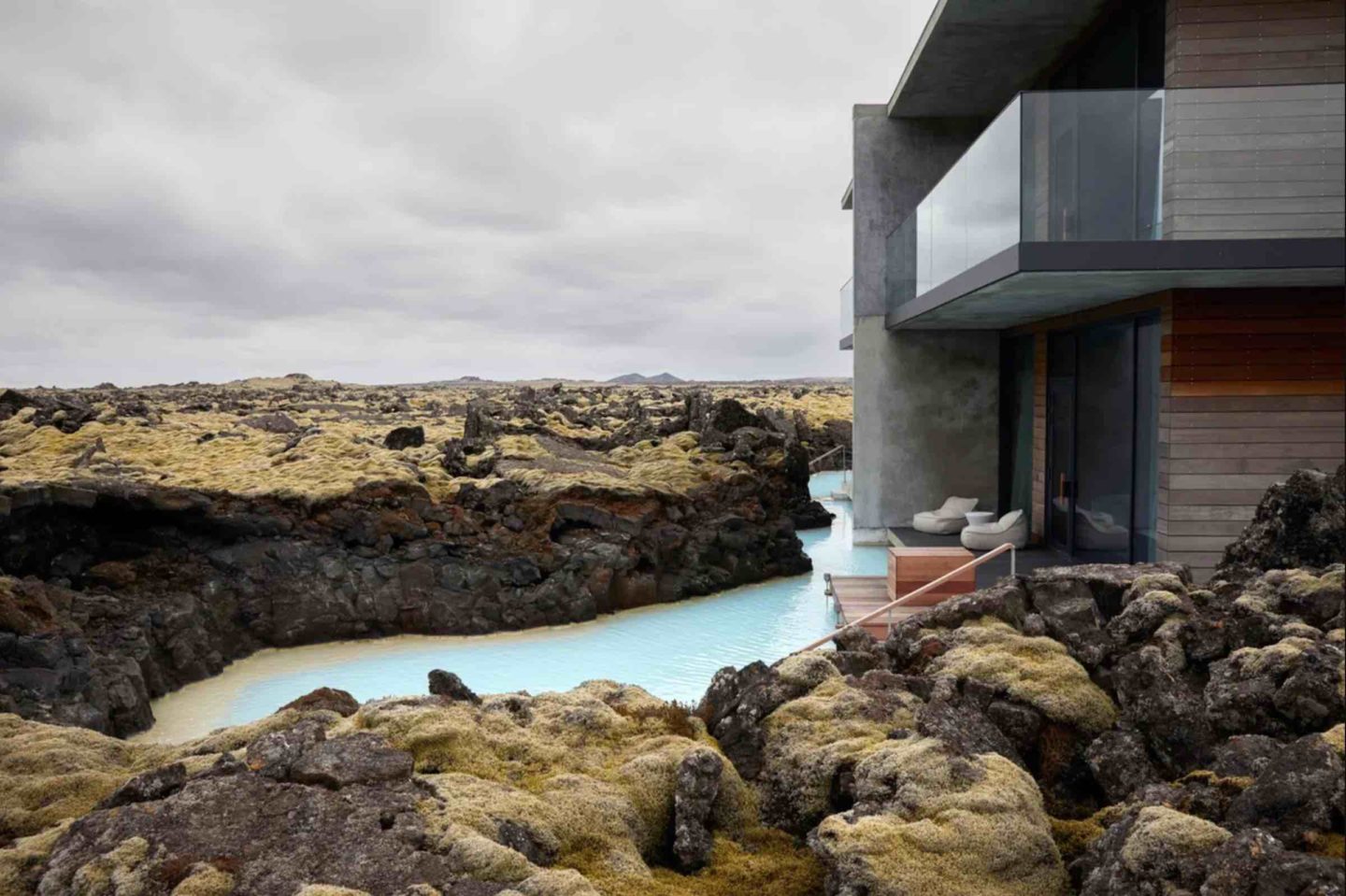
As a devoted wellness enthusiast and travel aficionado, I’ve had the pleasure of exploring some of the most luxurious spas in the world. At these havens of tranquillity, you’ll find world-class facilities, truly exceptional treatments

If you ask me, one of the best ways to experience Europe is on an epic road trip. There’s something liberating about taking to the open road and discovering new destinations along the way. Winding
Want up to 25% off hotels?
Subscribe to my newsletter and get immediate access to my guide on how to save money on flights and hotels. Our weekly emails are filled with adventure inspiration, insider travel tips and exclusive discounts.
